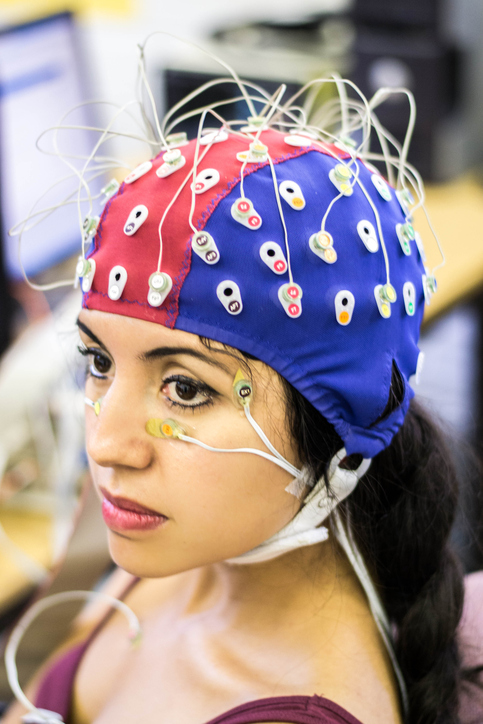- "Narcolepsy Fact Sheet". NINDS. NIH Publication No. 03-1637.
- Goswami M, Thorpy MJ, Pandi-Perumal SR (2016). Narcolepsy: A Clinical Guide (2nd ed.). Springer. p. 39. ISBN 9783319237398.
- "Narcolepsy with cataplexy". Autoimmune Registry Inc. Retrieved 13 June 2022.
- "Narcolepsy Information Page". NINDS.
- Luo G, Ambati A, Lin L, Bonvalet M, Partinen M, Ji X, Maecker HT, Mignot EJ (December 2018). "Autoimmunity to hypocretin and molecular mimicry to flu in type 1 narcolepsy". Proceedings of the National Academy of Sciences of the United States of America. 115 (52): E12323–E12332.
- "Narcolepsy". NORD (National Organization for Rare Disorders).
- Green S (2011). Biological rhythms, sleep, and hypnosis. Basingstoke, Hampshire, England: Palgrave Macmillan. ISBN 9780230252653.
- Dauvilliers Y, Rompré S, Gagnon JF, Vendette M, Petit D, Montplaisir J (July 2007). "REM sleep characteristics in narcolepsy and REM sleep behavior disorder". Sleep. 30 (7): 844–9.
- Wise MS, Arand DL, Auger RR, Brooks SN, Watson NF (December 2007). "Treatment of narcolepsy and other hypersomnias of central origin". Sleep. 30 (12): 1712–27.
- Kandel ER, Schwartz JH, Jessell TM, eds. (2000). Principles of Neural Science (4th ed.). McGraw-Hill. p. 949. ISBN 978-0-8385-7701-1.
- Cunha JP. Shiel Jr WC (ed.). "Narcolepsy". MedicineNet.
- Zorick FJ, Salis PJ, Roth T, Kramer M (April 1979). "Narcolepsy and automatic behavior: a case report". The Journal of Clinical Psychiatry. 40 (4): 194–197.
- "About Narcolepsy". Stanford Center for Narcolepsy.
- Dunham CK (2010). "Narcolepsy presenting as pseudoseizures". Primary Care Companion to the Journal of Clinical Psychiatry. 12 (2).
- Scammell TE (December 2015). "Narcolepsy". The New England Journal of Medicine. 373 (27): 2654–62.
What is narcolepsy? Causes, symptoms and complications of sleep disorders

Photo source: Getty images
Most common symptoms
- Malaise
- Speech disorders
- Hallucinations and delusions
- Depression - depressed mood
- Defence
- Disorders of consciousness
- Mood disorders
- Muscle weakness
- Tremor
- Tremors
- Fatigue
- Anxiety
- Blurred vision
- Deterioration of vision
Show more symptoms ᐯ
Narcolepsy treatment: what medications will help and what else is important?
Show moreis treated by
Other names
DMS















